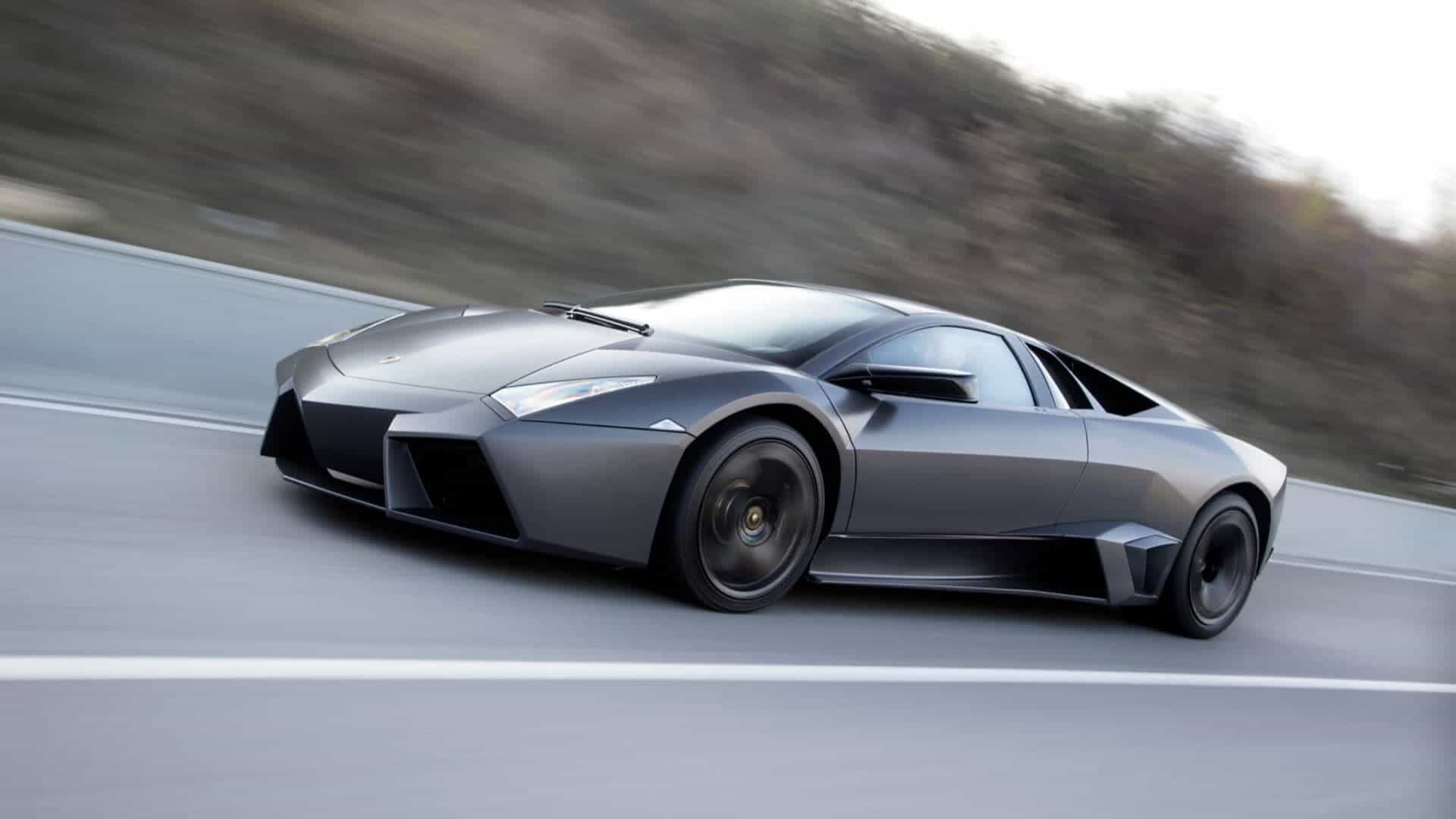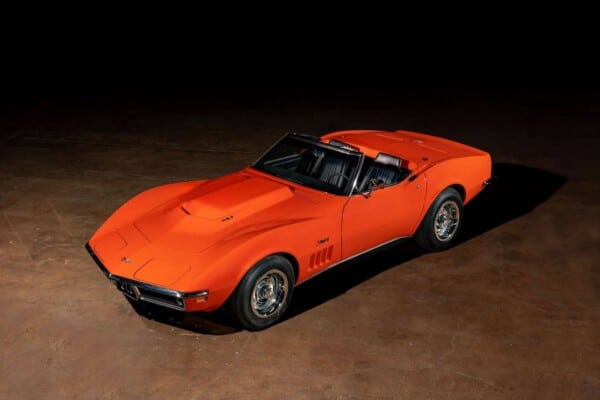Boys will be goys, and if history has thought us anything it’s this: odd ideas, strange concepts and unusual designs have proven to be quite popular and desirable. Fashion, engineering, and even the automotive world have seen their fair share of bold concepts. However, there’s a fine line between bold and downright thoughtless.
This is why naming cars has become an extraordinarily complex science. Car manufacturers splash incredible amounts of money into this, aside from the research and developing process. It sounds silly, but it all comes down to this: have you ever tried to come up with a name for a car?
It is not that easy. It has to be short, bold, and representative for the overall design of the car. Better yet, companies must double-check if a name is already taken or if it might have a different meaning in another language. Or at least they should.
It has happened for companies to choose inappropriate names; Japan is infamous for its curious car names, the French have also had their fair share of mistakes – at least we choose to believe they were mistakes. Oddly enough, these were supposedly to be cool, carefully considered choices.
Are you curious to see which are the 25 most unusual car names ever? Our first pick is the:
Nissan Friend-Me

Back in 2013, Nissan arrived at the Frankfurt Motor Show and showed off their Friend-Me concept. Designed to offer us a preview of the future, the interior of this vehicle showed off a super cool Social Network-inspired theme.
Looking fresh and modern, the concept reeked of desperation – at least the name seems to hint towards that. Based on a cool idea, it would seem that the team responsible for the name was high on sugar or simply feeling lonely.
Sure, you could show up in a car like this and manage to impress the girl; but, once you tell her what it’s called, you will have a hard time keeping her close for the rest of the evening.
Gaylord Gladiator
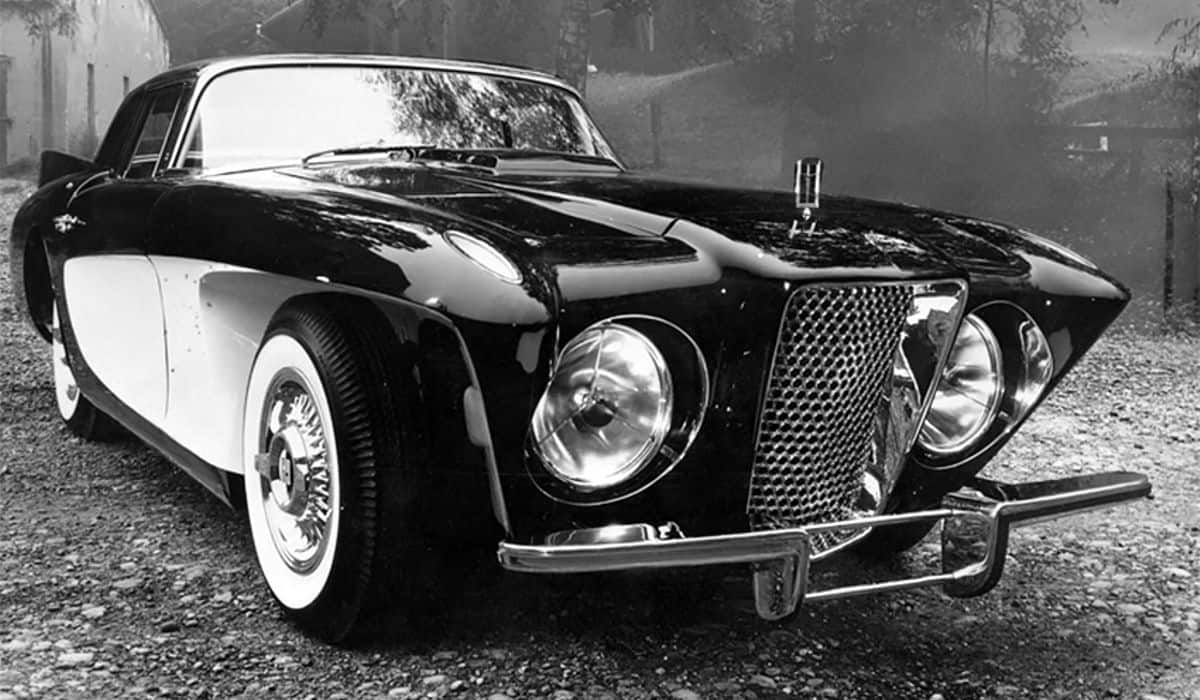
Mr. Gaylord’s sons Jim and Ed had gasoline in their blood and cash in their pockets. Built by a German-based company called Spohn, the first Gaylord saw the light of day at the 1955 Paris Auto Show, and had giant headlights and exposed front wheels – although later designs would look a bit more restrained.
Jim Gaylord went on to mount a Chrysler Hemi V8 engine on a sturdy chassis, resulting in a great-looking car that drove well. Speaking of which, Alex Tremulis was the man responsible for the two-tone coupe that made even Adam West feeling envious.
The Germans over at Zeppelin built the second and third generation of Gaylord cars, which featured Cadillac V8 engines; however, the twenty-five unit threshold was never reached, dooming their dream of series production.
The Gaylord Gladiator offered top-notch equipment, a knob that allowed for the appropriate amount of power-steering boost, a lube-free chassis, a retractable metal top and plenty of performance for the driver to enjoy. The first Gladiator was destroyed, and two other cars are still in existence, yet their whereabouts remains a mystery.
Dodge Dart Swinger

Introduced at the end of the 1960s, this thing was an incredible piece of machinery. The name, Dodge Dart Swinger, does not really inspire male ruggedness; although not as famous as other muscle cars of its era, this affordable car proved to be very popular and worth the attention.
Dodge is known to have developed its fair share of amazing muscle cars and the original Darts were among the classic muscle cars that had some incredible luxury features, quickly becoming a hit among collectors.
Following the 426 cu.in. Hemi V8-powered Dart, Dodge thought up a fresh vehicle, built around a Chrysler B platform: the ’62 Dart 440 featured a 413 cu.in. Max Wedge V8 and inspired the Swinger – as we’ve said earlier, not the best name choice.
After several years of professional racing, Dodge released the affordable and pretty cool Dart Swinger, with a 275-hp V8 engine that ensured this car was very exciting to drive and sold pretty fast. The GTS trim featured a 440 cu.in. Wedge big-block V8, rated at 375 hp, but the Swinger was about to be transformed into the Demon and eventually replaced by the popular Challenger.
Studebaker Dictator
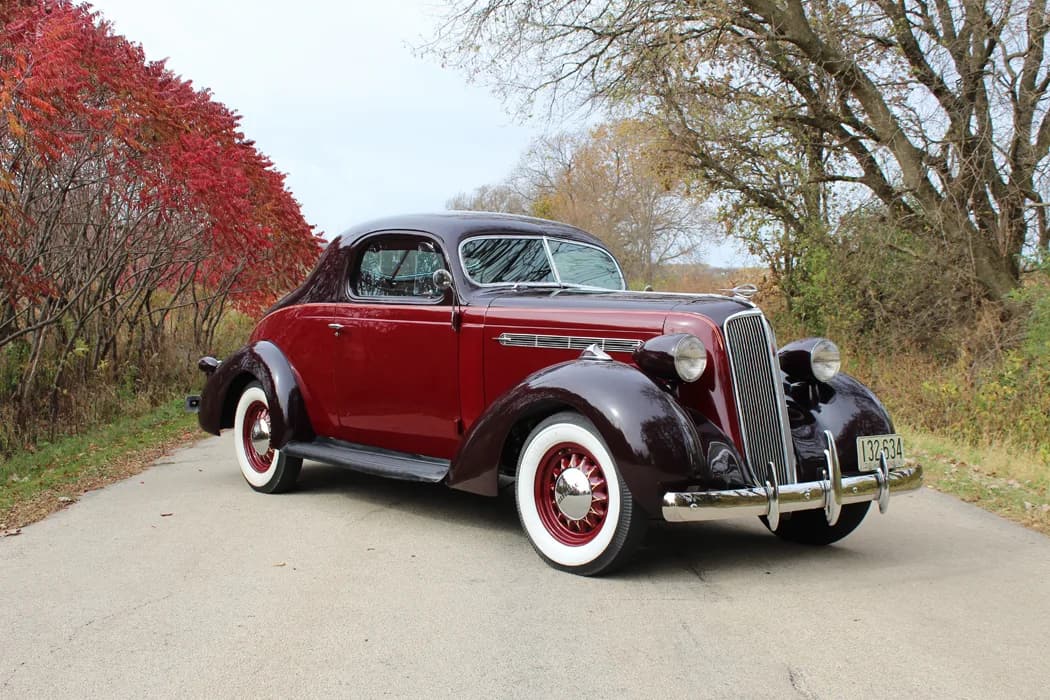
The US-based Studebaker Corporation started rolling out the Dictator out its factory gates beginning with 1928. Not the best choice during the 1930s and ’40s, the vehicle also had an odd name that forced a change by 1937 when dictators have started taking over the world, and the Commander was born.
Studebaker officials intended for the vehicle to hint towards a trend-setter, a vehicle that would ‘dictate the standards’, yet we doubt people thought of that upon first hearing the model’s name.
It is worth mentioning that the Dictator was Studebaker’s lowest-price model, although even the European market and the company’s export to said market was negatively influenced by the name choice.
AMC Gremlin
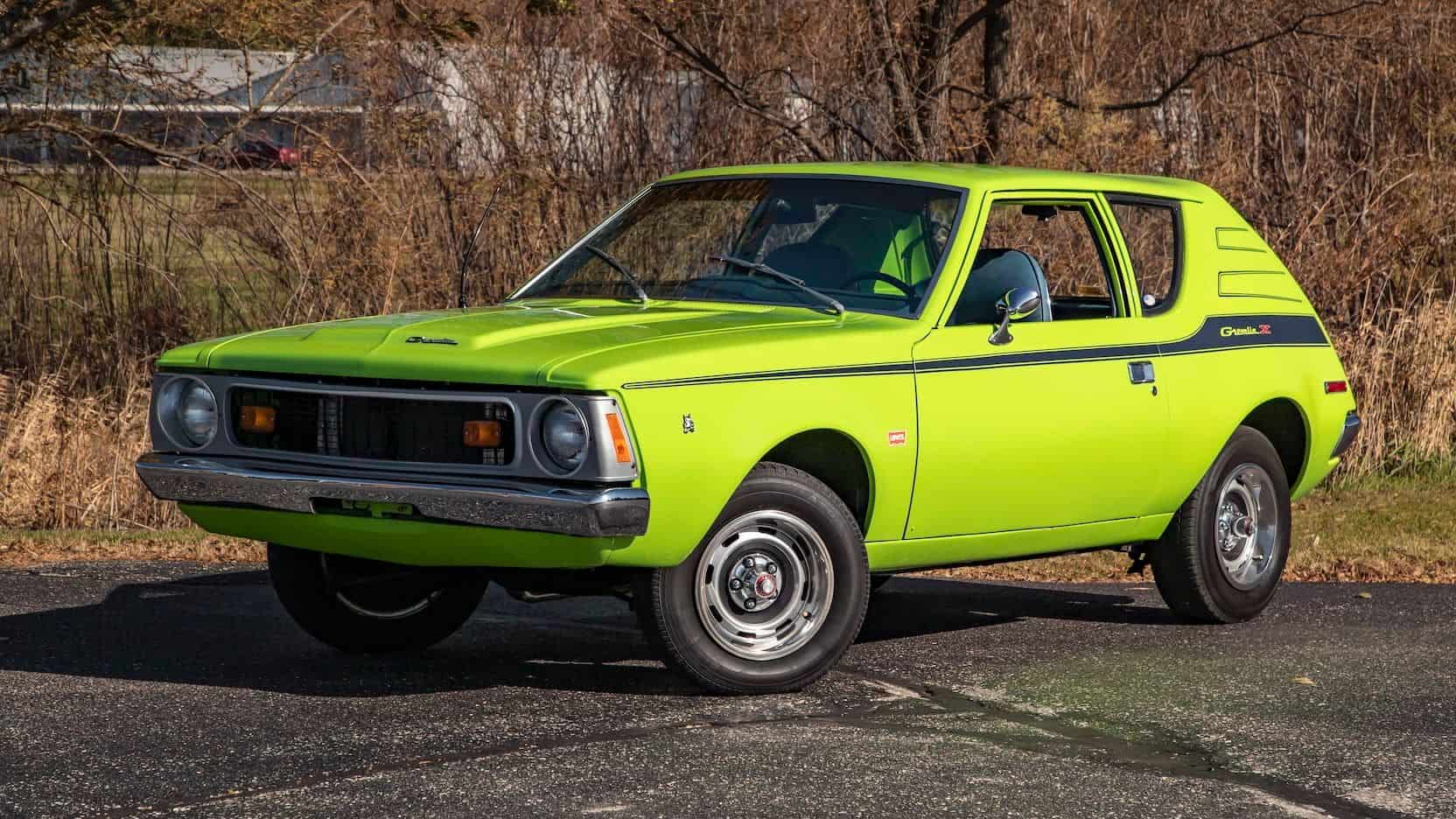
Time magazine compiled a list of 50 worst cars of all time, and there is no surprise the Gremlin was part of it. Do not get it wet, and definitely don’t feed it after midnight – better yet, don’t drive it at all.
American Motors, or AMC, had designer Richard Teague working his magic for this car; the man is remembered for some of the coolest cars of the era, yet the Gremlin seems to have been imagined on his day off.
AMC’s attempt to take over the subcompact market segment, the Gremlin was based upon the Hornet model. Cheap, in more ways than one, this vehicle had vacuum-operated windshield wipers, a lazy six-cylinder engine and was no fun to drive.
Mazda Titan Dump

The Mazda Titan is a commercial truck produced by the Japanese automaker Mazda; it’s been around since 1971 and has been updated across six generations. All fine and dandy so far, but what about the name?
Sure, professionals may associate the bed with the name and the activity – dumping of construction materials. However, regular folks lie you and me will be thinking about something different, and it’s not a compliment to the Mazda company.
Why six generations? Name choice aside, this truck was a success. It was durable, handled its business and became popular across professionals. By 2007, the Titan looked better , featured Mazda’s auto start-stop system, as well as a fresh range of engines.
Ford Probe
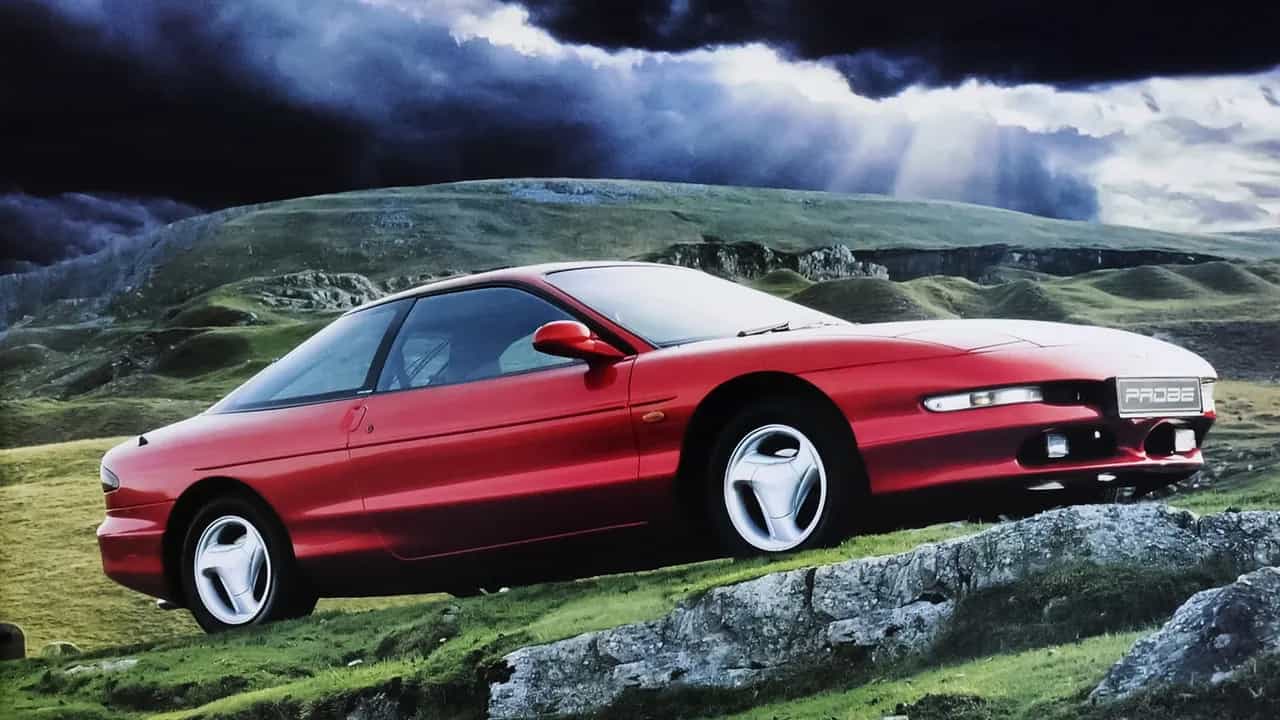
Nothing pleasant is associated with the word “probe”, although in some languages the name means ‘tests’ or ‘athletic competitions’.
Revealed in 1988, the Ford Probe is a liftback coupé in collaboration with Mazda. Based on the Mazda MX-6, this vehicle was meant to compete with the European Capri or take down the Nissan 200SX and the Toyota Celica deriving on US roads.
After two generations, the Probe went away, and we’re not really surprised the name never came back.
Mitsubishi Minica Lettuce

Did you know that one of the longest running and smallest models bearing the Mitsubishi logo was the Minica? Introduced back in 1962, it took almost sixty years and eight generations to take this tiny thing down.
Available as a coupe, sedan or a wagon, the Minica became the Lettuce once the sixth generation was introduced. I am not in the mood for vegetables, thank you very much; however, this vehicle looks just small enough for a goat to confuse it with a meal.
The two-door hatchback was not meant to be part of a salad, and it was not followed up by the Mitsubishi Tomato. Launched in 1989, this thing featured a 660cc engine – or 548cc, in standard form; how does 46 hp sound to you? Not so tasty, if you ask us.
Mitsubishi Toppo Guppy

Mitsubishi is really on a roll or.. it was. The Mitsubishi Toppo was designed to be a light recreational vehicle, and it was – you’ve guessed it – inspired by the Minica model. Named after the best fish in the tank, the tall three-door MPV model was introduced in February 1990.
The asymmetric Toppo was available both as a commercial vehicle and as a passenger model, but there were no record-breaking features list or a unique interior design to talk about.
A basic vehicle, with a funny name to match, the Toppo could not be considered a success, although it is worth mentioning that the Asian market was the proper place to introduce it.
Toyota Deliboy

This Toyota pickup truck was manufactured from July 1989 to October 1995 and was meant to provide people with a decent and affordable delivery option. Designed for the requirements of delivery services, this truck was based on the contemporary Toyota Liteace KM 30.
This means that a 1,500cc petrol engine put everything in motion and developed 51 kW (70 PS), while the 2,000cc diesel engine benefitted from 54 kW (73 PS). With double doors at the rear and front sliding doors, this car was all ready for business.
The Deliboy’s name sounds funny and the model did not break any sales records for Toyota. Too small, underpowered and uncomfortable, this car proves that the real thing usually does not fit a great concept.
Tarpan Honker

DZT Honk, initially known as Tarpan Honker, is a Polish multi-purpose all-terrain pick-up truck. This thing, believe it or not, is still in production and has been since 1984 – it certainly looks retro enough for it to be true.
Available in a variety of models, this vehicle is best known as the preferred light truck for Polish Army troops. Built around a 3-door body and a rigid frame sitting on leaf springs, Honker trucks originally used gasoline engines from the FSO Polonez car, with later updates including Iveco diesel engines.
Are you still wondering about its honking noise? So are we, and the name of this vehicle certainly does not inspire durability and rugged features army vehicles are usually known for.
Chevrolet Celebrity

One quick look at this car and you soon wonder: what were they thinking when they decided upon the name? The Chevrolet Celebrity was introduced in 1982 as a replacement for the Malibu model.
Based on the X-body Citation chassis, the model would be discontinued by 1990 in wagon form and to be honest we are surprised it lasted as long as it did. Upon its launch, the Celebrity came with three engine choices: a 2.5-liter inline-four, a 2.8-liter V6, and a 4.3-liter diesel V6.
A three-speed automatic was paired with all three engines, with slight changes made across the years allowing drivers to benefit from a 4-speed automatic, at one point. Worthy of a celebrity, this car was not.
Proton Putra

Bearing the prince moniker or Malay for “son”, this coupé was produced by automobile company Proton. Between 1996 and 2001, only a small number of Proton Putra units left the factory gates.
Hiding a Mitsubishi-sourced 4G93P DOHC engine, the model was sold as the Proton Coupé or Proton M21. Looking excessively similar to older Lancer series, while being dull to drive, the car was not that appealing to drivers.
The Putra two-door coupé had Recaro N-Joy seats, a leather Momo Daytona 4 steering and leather Momo gear knob waiting for you on the inside. Still not enough to get people interested, though.
Subaru Brat
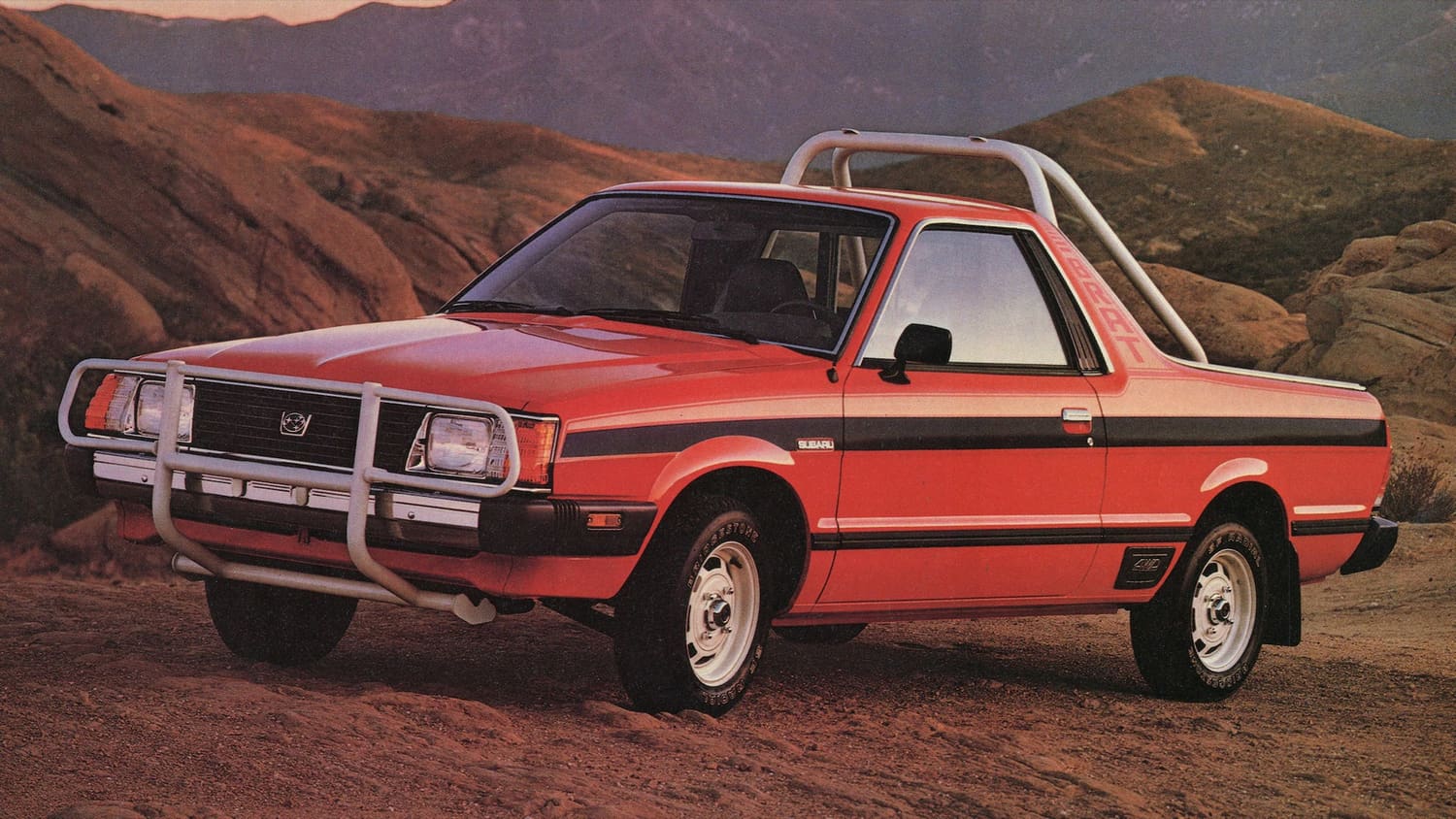
Forget the name for a second, just look at the car and take in the following piece of information: President Ronald Reagan owned a 1978 BRAT until 1998. Now, back to the matter at hand: why would you go for this name while trying to baptize a new car model? Just asking.
The Subaru BRAT, short for “Bi-drive Recreational All-terrain Transporter” – did not know that – managed to reach plenty of markets and continents. Designed as a light duty, four-wheel drive coupé utility, this Subaru was an export-only model.
The BRAT was Subaru’s attempt at taking over the US small truck market segment. Packing four-wheel drive, an optional T-top split roof, a spring-loaded hidden door and a spare tire mounted under the hood, this car seems to have been prepared for anything – except for the mocking of its name.
Austin Princess
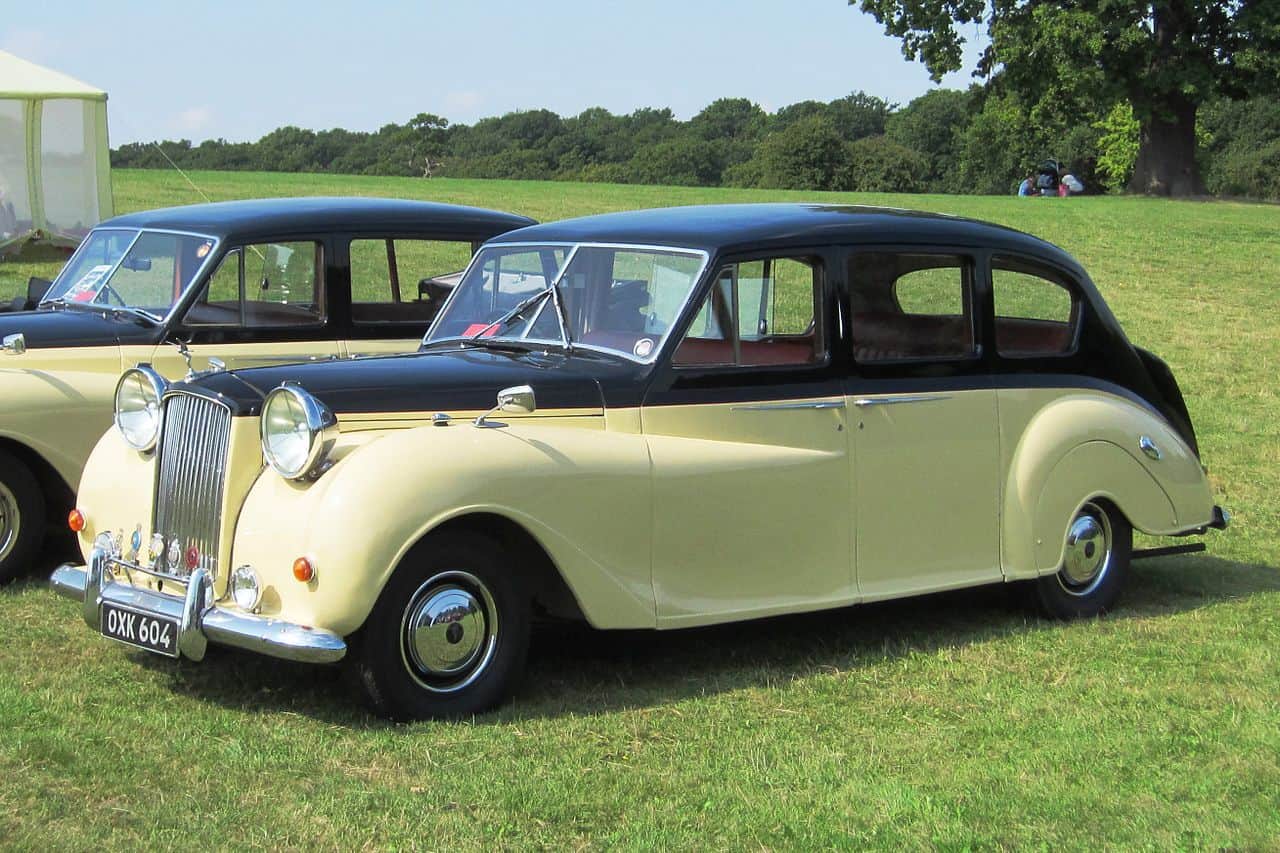
Only known as the Austin Princess in New Zealand, with other markets entries marking the Morris, Austin or Wolseley names, this car would be impossible to drive – at least, that’s what Clint Eastwood would say.
The Austin Princess was designed to be a series of large luxury cars that ended up mostly being used for somewhat more sad ceremonies, such as funerals, than anything else. The State car of the President of Malta, the first Austin Princess A120 was launched back in 1947 and quickly took over the title of most expensive flagship model the car was building at the time.
The Princess was a large saloon, weighing in at two tons, updated over the years through Mark I (A120), Mark II (A135) and Mark III versions. Regardless, it remained in the shadow of the Rolls-Royce badge.
Mazda LaPuta
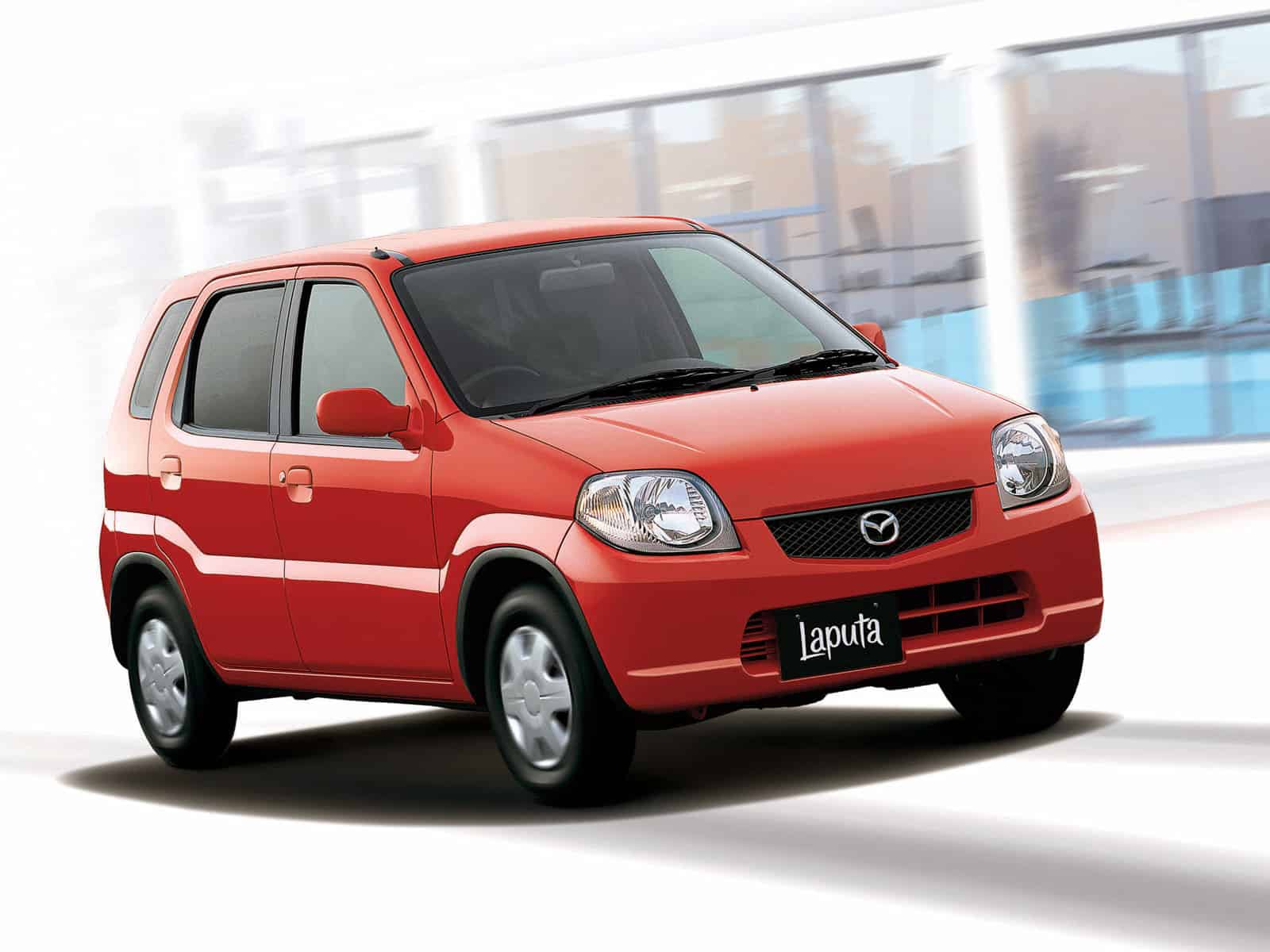
What if you were a big car manufacturer trying to take over the Spanish car market? What name would you call your latest model? Definitely not LaPuta, because even that one’s taken – and a poor choice, to be sure.
The Mazda Laputa, actually a rebadged Suzuki Kei, is often associated with the Spanish word “La Puta” – which literally translates to “The Whore”. Sure, Laputa was the flying island in Gulliver’s Travels, but it would seem people do not read as much as they did. Beside, drivers usually prefer the dirty jokes, am I right? Boys will be boys.
An honest mistake, you would say. However, this might get you smiling: although it was sold in numerous markets in the world, Mazda LaPuta never made it to Spain; for obvious reasons, the vehicle had to have its name changed in some Spanish-speaking countries.
Honda Fitta

Honda Fitta, or – as it ended up being called – the Jazz, is literally translated as a vulgar description of a vagina – at least in Swedish. The tagline for the car was supposed to be ‘Small on the outside, big on the inside.’
‘The all-new Fitta, small on the outside, big on the inside‘. That did not go well, at least not with the auto market. Joke aside, this cool little minivan was designed to be hip and preparations were well under way for the Fitta launch, before someone inside the company had a revelation. Well done, you!
Chevrolet Nova / Lada Nova
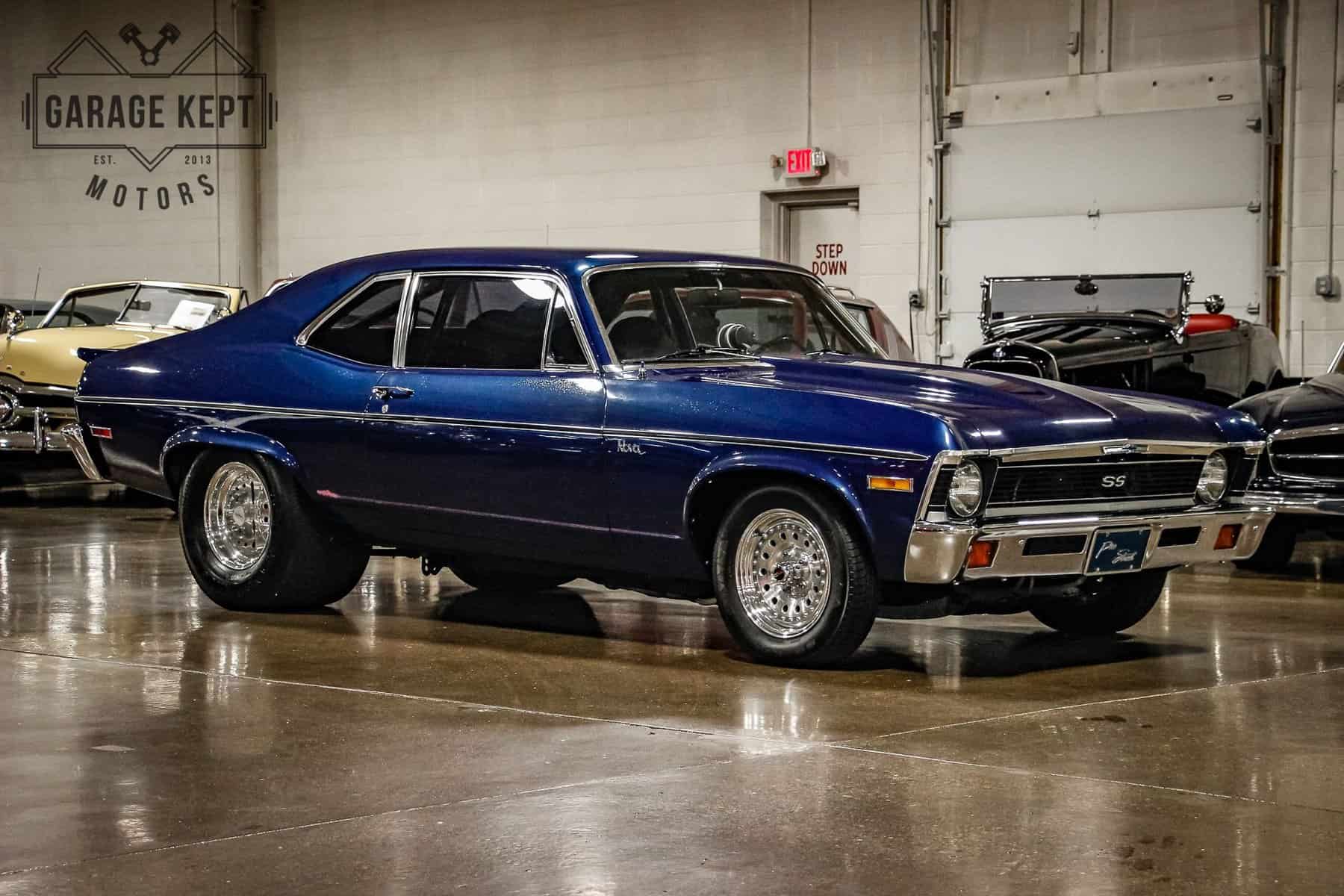
The Chevy Nova, the small automobile manufactured by Chevrolet, and produced in five generations. Once the top model in the Chevy II lineup, this model still has muscle-car enthusiasts going wild.
Built on the X-body platform, the Nova is nowadays used for incredible modded projects that end up hinting towards the past but driving like hell towards the future.
Somehow, we end up talking Spanish and realize… “No va”, which was used by both Chevrolet and Russian car manufacturer Lada, simply translates into “doesn’t work”. I’m not sure about the Lada, but Chevy fans would surely not agree.
Hyundai Kona

Hide the children and stay away from the wives as we discuss this Hyundai model. The recently introduced Hyundai Kona seems to prove that engineers and car manufacturers, in general, do not learn from their mistakes – or anyone other’s.
Did you know that the Portuguese word “cona” is a very vulgar expression for the female genital? No, you did not, neither did we, but one would assume that such automotive giants would research stuff like this before coming up with a new model.
Fiat Uno

The small-sized, front-engine, front-drive, four-passenger supermini was initially introduced in 1983. The Fiat Uno was designed by the brilliant Giorgetto Giugiaro of Italdesign, and Fiat manufactured more than 8,8 million of these cars – making this the eighth most produced automobile platform in history.
Nothing out of the ordinary so far, right? Well, as straight-forward of a name the Fiat Uno had, no one saw this coming – in Finnish, Uno means “fool”. Not a good way to start off a car sale attempt.
Lamborghini Reventón

Named after a fighting bull, in line with Lamborghini’s tradition, Reventón also means “small explosion” or “burst” in Spanish; in automotive terms, it can mean “blowout or flat tire”. This two-million-dollar supercar looks mighty and sounds the same, but a flat tire is not necessarily what a driver aims for at 221 mph / 356 km/h speeds.
The Lamborghini Reventón was revealed to the world at the 2007 Frankfurt Motor Show – with only 20 vehicles set to be sold to the public – with that kind of a price-tag, there’s no wonder. With an overall exterior design inspired by fast airplanes and mechanical elements such as the engine sourced directly from the Murciélago LP640, success was unavoidable.
Mitsubishi Pajero

The Mitsubishi Pajero was an extremely popular full-size SUV, manufactured and marketed globally over four generations – introduced in 1981 and discontinued in 2021, the model even took part in the famous Camel Trophy endurance event.
But, did you know that the model had to be re-named to Montero for the Spanish-speaking market – the reason is simple: “male masturbator” is what “Pajero” means in Spanish. Would you drive one, knowing that? Just imagine the neighbors, laughing.
It has to be mentioned that Mitsubishi officials were inspired to choose the Pajero nameplate by Leopardus pajeros, the Pampas cat. However, that quickly becomes irrelevant if Spanish is your native language.
The Pajero was built around the car manufacturer’s heavy-duty, off-road-oriented Super-Select four-wheel-drive system – which is exactly it was able to perform well in the Camel Trophy races.
Ford Pinto
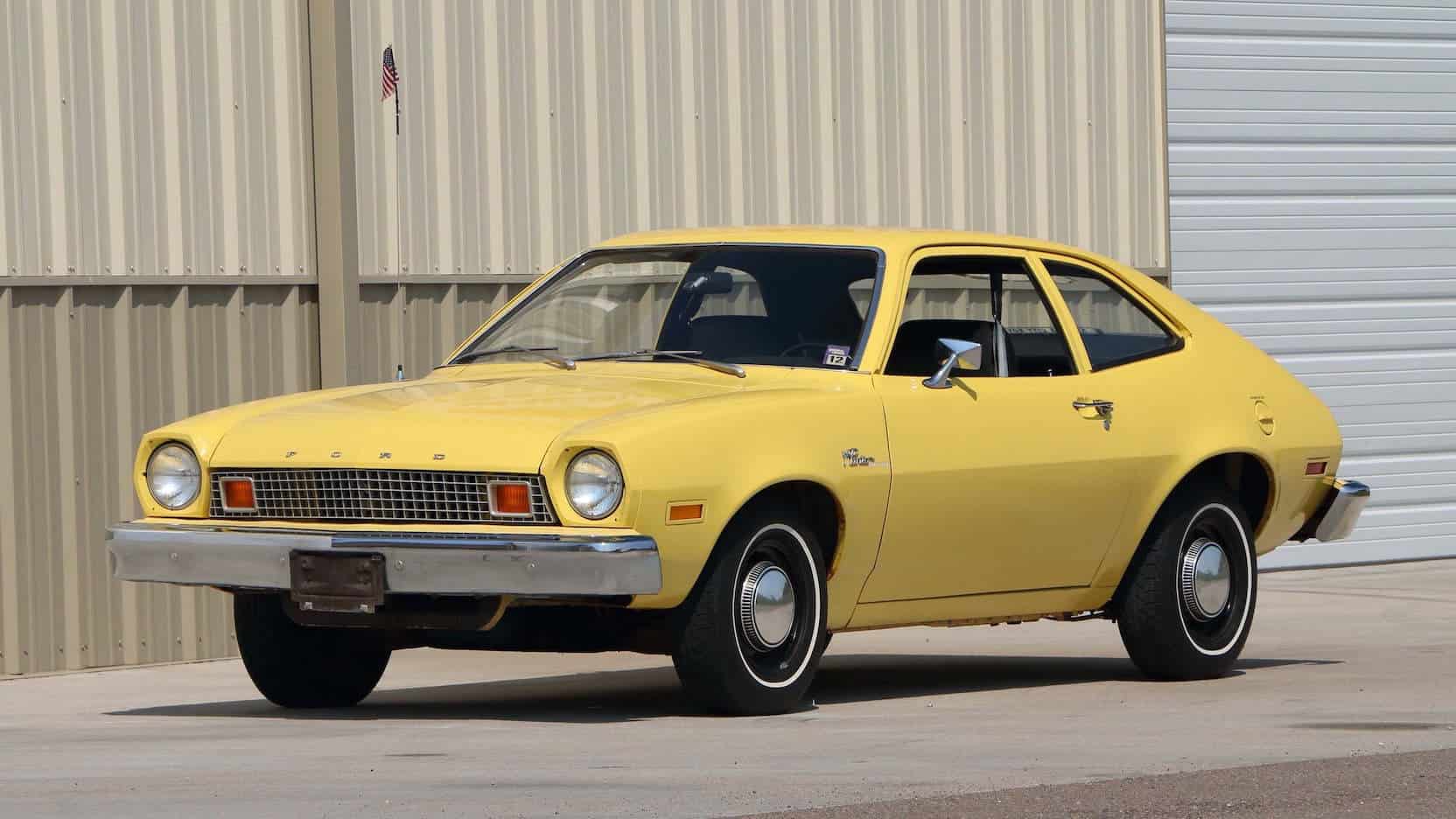
Does anyone remember The Rock kicking ass in The Rundown? You should, but that’s beside the point. What is actually worth remembering in this case is that at one moment during the movie he has to take a swim in a river where some worm is known to travel up a man’s Pinto and the only way to remove said worm is to have the Pinto cut off. Oh, by the way – in Brazil, “Pinto” is an expression for a small penis.
Enter Ford Pinto – this seems like a completely inappropriate yet honest marketing strategy to let customers know what they’re driving. The Ford Pinto is a subcompact car manufactured in North America between 1971 and 1980 – a company first, by Ford, for the North American market.
Although popular, the Pinto had one of the most emasculating car names ever. Oddly, that did not influence sales numbers.
Citroën C-Métisse
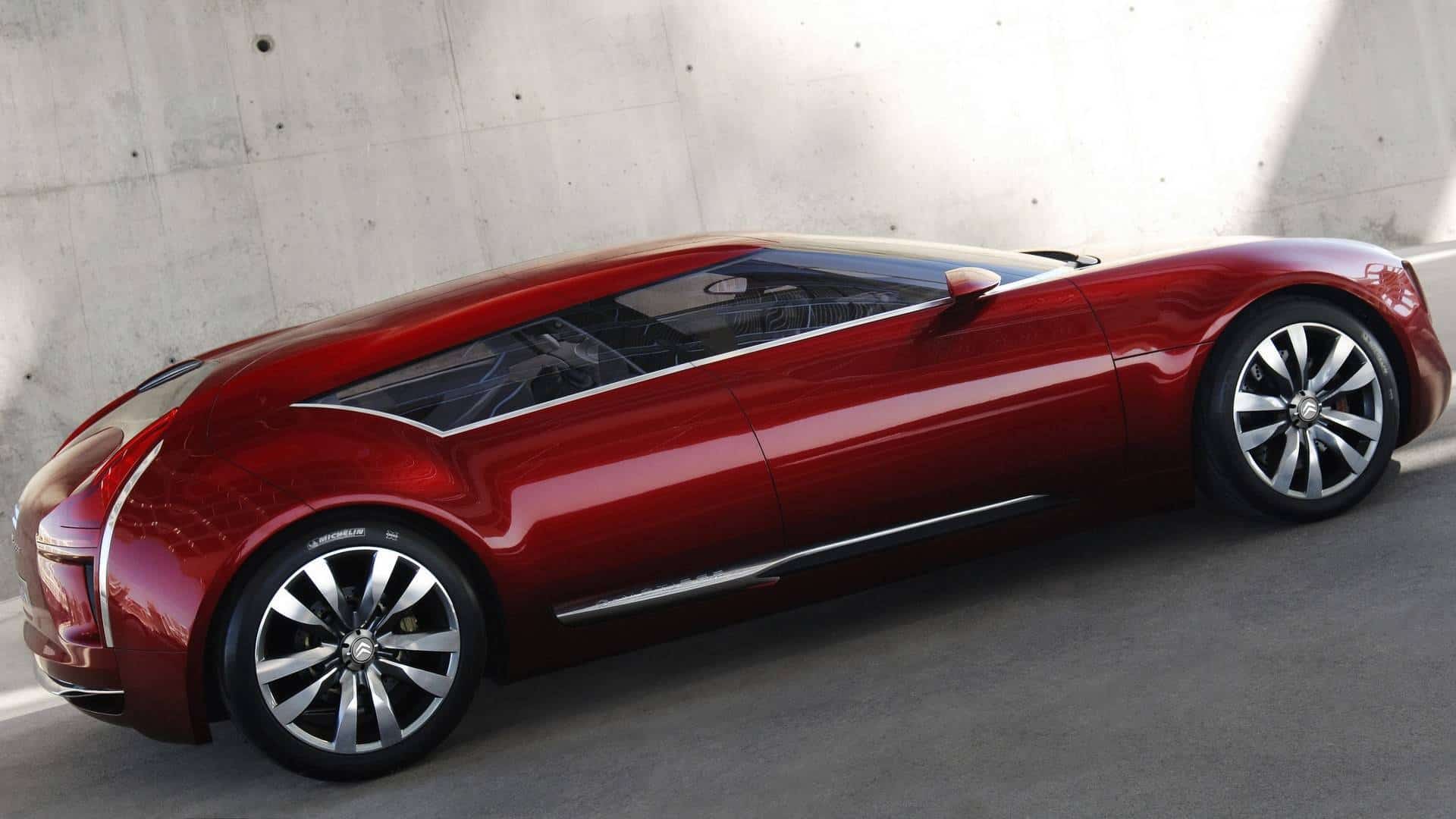
Just a quick online search, and you will surely feel impressed by the Citroën C-Métisse Concept and its wonderful lines. Revealed in 2006, at the Paris Autoshow, this extraordinary hybrid shooting brake features the French word “Métisse”, which means “half-caste” and even “bastard”.
Citroën designed the concept to prove that a hybrid can brag about the same performance as any petrol or diesel powered car. The name choice was meant to inspire the best of both worlds, but that might not have been the best of choices. Still, the concept proved to be very cool – did you know that it could switch between FWD, RWD and AWD?
Daihatsu Naked

Before coming up with any smart ideas, don’t. This car looks in no way sexy; feel free to look it up and find out for yourselves. Daihatsu has revealed its fair share of unusual car models and names: the Clap-er, the Applause and the.. Naked.
The Daihatsu Naked was a strangely appealing little kei car though, with jeep-like styling built from 1999 to 2004. Featuring a 658cc engine, and optional four-wheel drive, this tiny little thing was introduced at the 1999 Tokyo Motor Show.
Despite its attempt to look all tough and rugged, the car’s interior styling had similarities to the original Fiat Panda. The size, the engine, the styling – driving it, anyone would feel uncomfortable and naked.
There you have it, these are 25 cars with the most unusual names, at least in our opinion. Do you know any other?
Contents
- Nissan Friend-Me
- Gaylord Gladiator
- Dodge Dart Swinger
- Studebaker Dictator
- AMC Gremlin
- Mazda Titan Dump
- Ford Probe
- Mitsubishi Minica Lettuce
- Mitsubishi Toppo Guppy
- Toyota Deliboy
- Tarpan Honker
- Chevrolet Celebrity
- Proton Putra
- Subaru Brat
- Austin Princess
- Mazda LaPuta
- Honda Fitta
- Chevrolet Nova / Lada Nova
- Hyundai Kona
- Fiat Uno
- Lamborghini Reventón
- Mitsubishi Pajero
- Ford Pinto
- Citroën C-Métisse
- Daihatsu Naked

